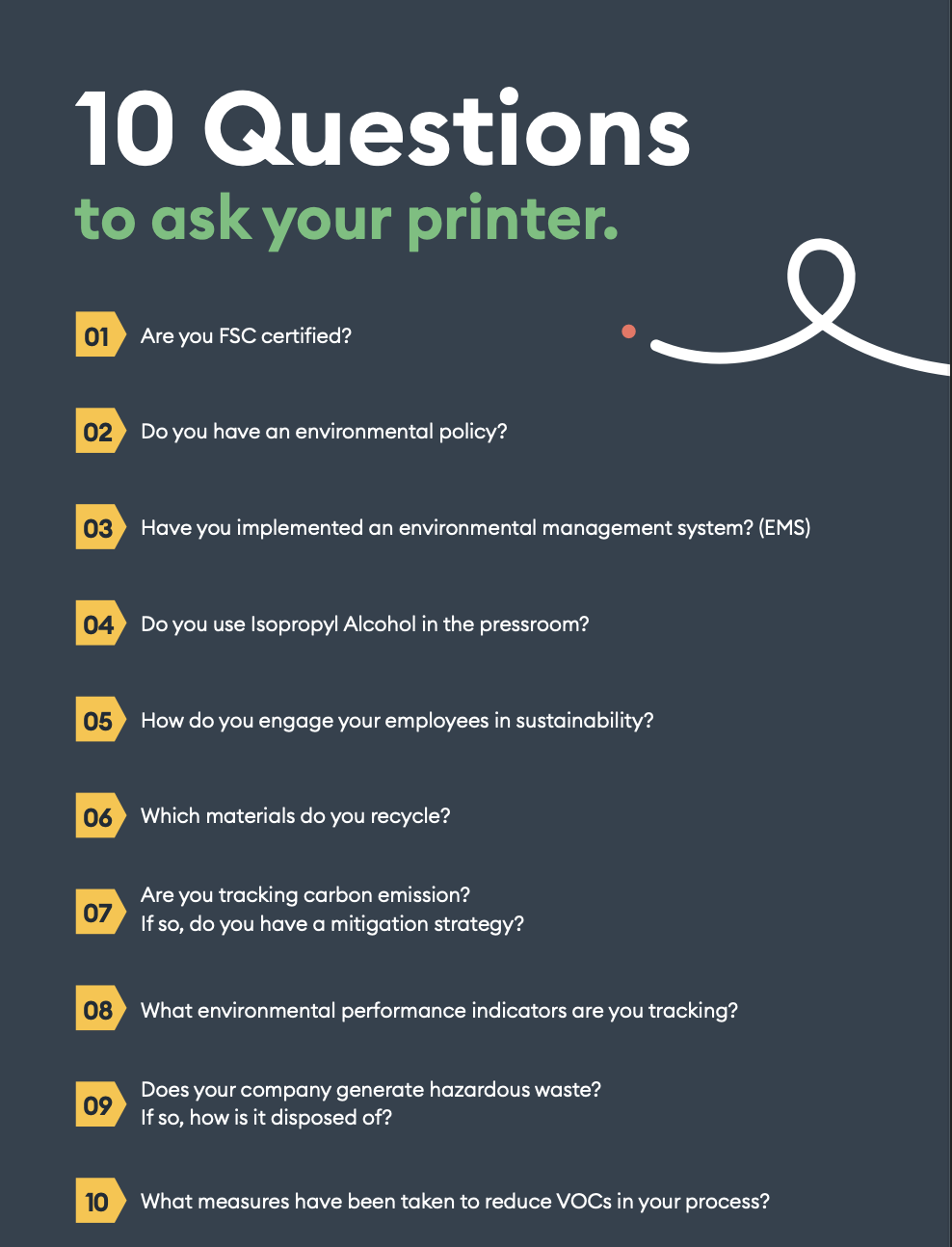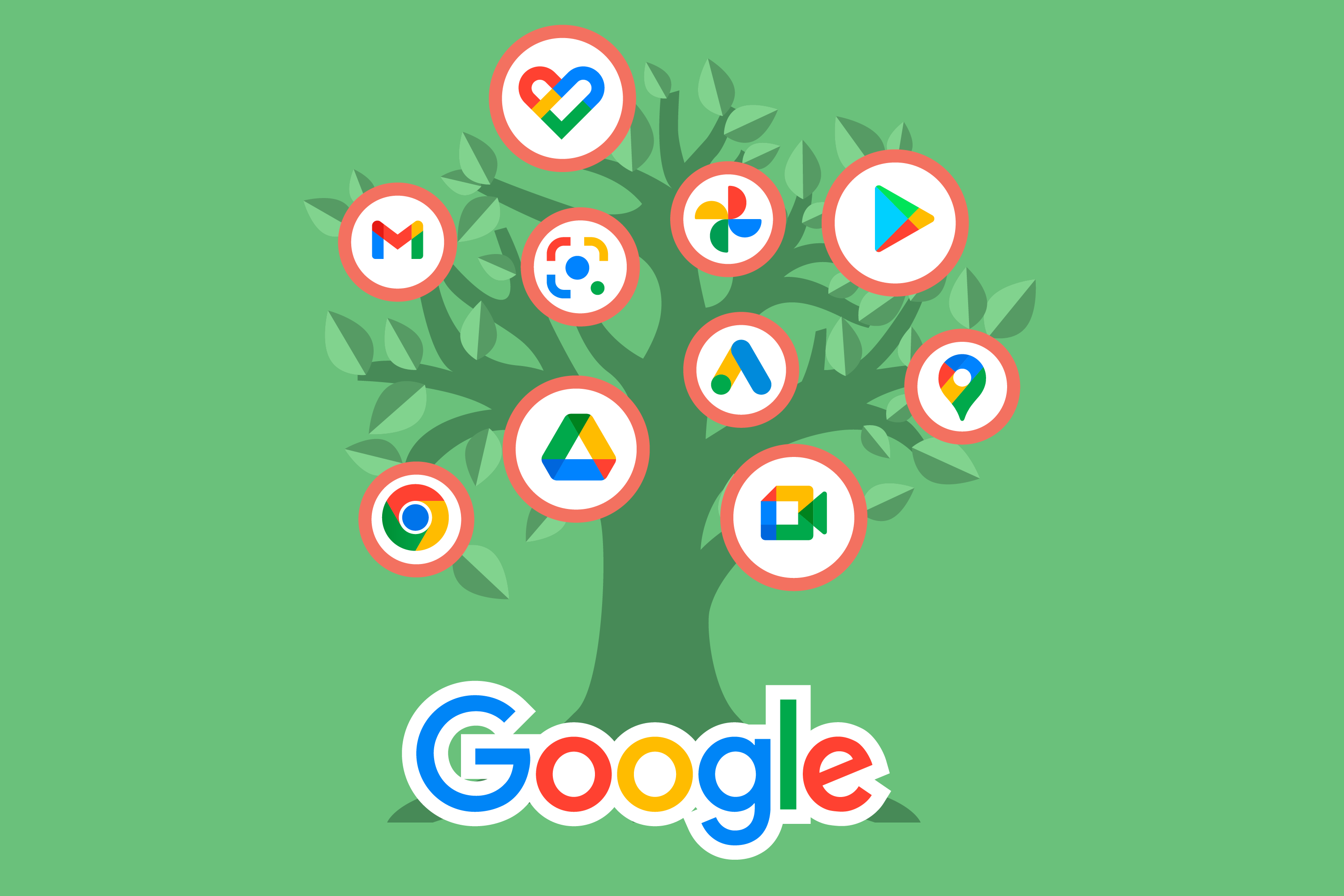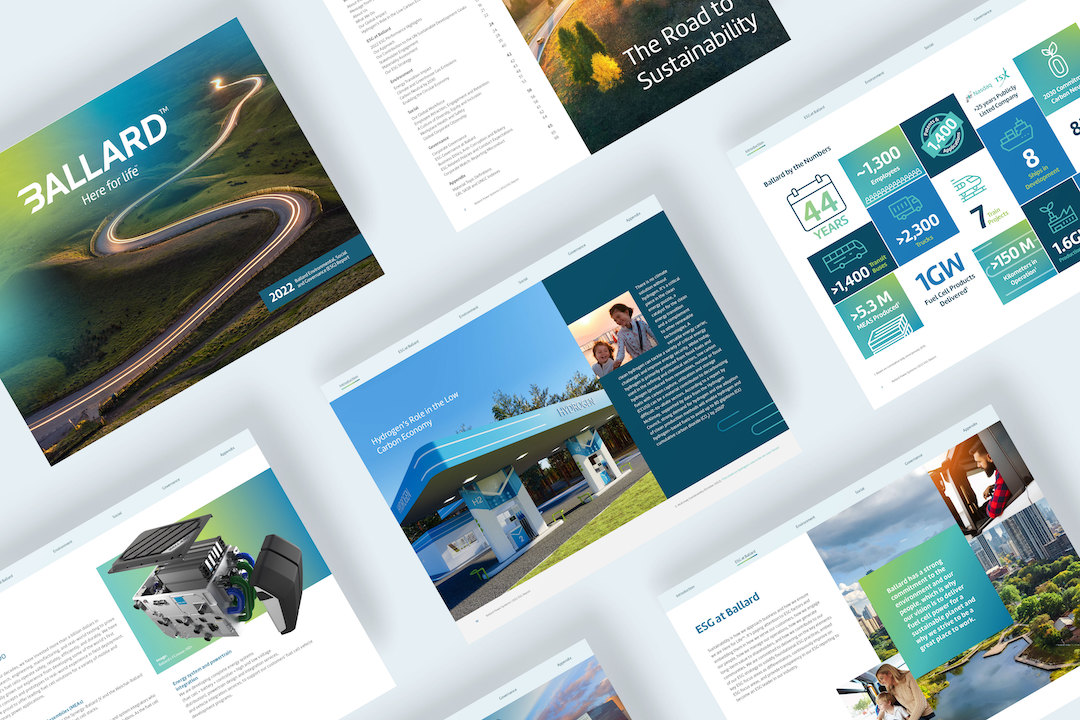As a creative agency passionate about both design excellence and environmental responsibility, we've seen how thoughtful report design can transform complex data into compelling stories. With evolving regulations and a heightened focus on environmental impact, your approach to annual and sustainability reporting matters more than ever. Let us guide you through making informed decisions about your reporting strategy.
The Big Question: Digital, Print, or Both?
Start by asking yourself: Will you be sending out a printed annual report, an online version, or both? You might wonder which choice is best for your company and which is better for the environment.
While interactive digital reports dominate today's corporate landscape—and rightfully so from a sustainability perspective—there's still a compelling case for print. Our experience shows that thoughtfully designed printed reports continue to serve essential functions that digital alone can't fully replace.
Many investors still prefer to have a printed version of the annual or sustainability report, either because it’s easier to read, for making notes, or for filing for future reference.A printed report is also an important piece for sales, recruitment, and sharing the company’s philosophy and positioning.
Our creative team can help you develop a strategy that makes both digital and print work harmoniously while maintaining your brand's visual identity.
So, if you decide it’s best to have a printed report, how do you make it greener?
3 Easy Ways to Achieve Sustainable Annual Report Design
1. Choose Paper Type Responsibly
As designers, we know paper choice impacts both aesthetics and sustainability. Our team can guide you through selecting the right paper for your corporate report.
We work directly with sustainable printers to ensure your report looks beautiful while being environmentally responsible. Each ton of recycled paper saves:
A less obvious but equally significant option is choosing certified papers. Certified papers come from forests that are managed responsibly. That means even if you choose a paper with virgin fibers (virgin = non-recycled), you can be assured that the paper came from a responsibly managed forest.
What is a sustainably managed forest? The use of forests in a way and at a rate that maintains their biodiversity, productivity, regeneration capacity and vitality without compromising their potential to fulfill, now and in the future, relevant ecological functions and that does not cause damage to other ecosystems.
The most well-known certifications are:
FSC Certified: Since 1993, FSC certification has tracked products from the forest to the shelf. Products carrying the FSC label are independently certified to assure consumers that they come from sustainably managed forests that are controlled to meet the social, economic and ecological needs of present and future generations.
Green-e, renewable energy: Launched in 2008, Green-e is the nation's leading independent consumer protection program for the sale of renewable energy and greenhouse gas reductions in the retail market. Green-e offers certification and verification of renewable energy and greenhouse gas mitigation products.
Green Seal Certified: Founded in 1989, Green Seal is a non-profit organization that uses science-based programs to empower consumers, purchasers and companies to create a more sustainable world.
PEFC (The Programme for the Endorsement of Forest Certification: The Programme for the Endorsement of Forest Certification (PEFC) is an international, non-profit, non-governmental organization dedicated to promoting Sustainable Forest Management (SFM) through independent third-party certification. PEFC works to ensure that timber and non-timber forest products are produced with respect for the highest ecological, social and ethical standards.
2. Make It Carbon Neutral
An organization, event, product or service is successfully Carbon Neutral when it can claim net zero greenhouse gas (GHG) emissions. This means all significant GHG emissions produced by the business, event, product or service are balanced out by removing or preventing an equivalent amount of emissions from entering the atmosphere.
The first step in reducing your carbon footprint is adjusting the way you operate. But no company can be completely carbon neutral, that’s where offsets come in.You can purchase offsets and those offsets provide funding for new projects that reduce greenhouse gas emissions. These are projects that, because of financial or technical barriers, would not and could not go forward without offset funding. That means your offsets are making a real and measurable difference – every time.

3. Make It Count
Make it worth reading!
A report that goes directly into the recycle bin is not only a waste of materials but also of the effort and money spent on producing it.
Make sure your annual or ESG report design provides readers with valuable information and interesting graphics. It should also be visually enticing and contain factual and relevant copy. That way, readers will actually read it and maybe keep it instead of immediately throwing it in the recycle bin.
Creating lasting value: Our approach to sustainable reporting
Remember, sustainability isn't just about the paper you choose or whether you go digital—it's about creating something of lasting value that serves its intended purpose effectively. When your report achieves this, it justifies the resources invested in its creation.
Ready to make your next annual report more sustainable and impactful? Our design team is here to help you navigate these choices, plan and create something truly remarkable. Let's start the conversation about your 2025 report today.
A glimpse into our process
Angela Dallin
Creative Director Angela takes every project through a demanding creative process, beginning with research and analysis, continuing to brainstorming and conceptualization, before presenting her design solution. She is a highly creative and pragmatic team player. With a broad range of creative experience, Angela has the ability to see even the most difficult design challenge to completion.



